One of our staffers says goodbye and reflects on what our work to enhance habitat and access for American sportsmen and women has taught her
Last spring, I drafted a cover letter that would ultimately land me my job at the TRCP. At the time, I hadn’t hunted or fished much, but I explained that my experience with wildlife science and policy had granted me respect for the mission and work of the organization. I wrote that I believed “pragmatic conservation approaches depend on hunters and anglers.”
In the little more than a year since, I’ve been proven right. Amid challenges that come with the close of a congressional session and start of a new administration—not to mention blatant bills and incremental changes threatening to undermine our public lands, fish and wildlife habitat, and sporting traditions—sportsmen have had, and will continue to have, a unique seat at the table in Washington. We have the opportunity to moderate change in a way that creates balance and benefit for America’s fish and wildlife.
And that’s not all that I’ve learned in my time here.
A Win Rarely Looks Like a Victory
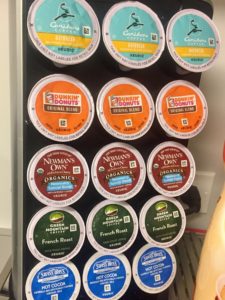
Once, not long after I started at TRCP, I walked into the office kitchen to find Steve Kline, our government relations director, intensely focused on organizing the coffee pod rack. He told me, only half-jokingly, “This is the most visible work product I get to see all day.”
I think about that moment often. No matter how many meetings we have, conservation doesn’t really have an end point. We may never be able to declare a definitive victory. And when we do engage in discrete battles, success can be hard to see, especially in the federal policy sphere where the TRCP operates (and where Steve often leads the charge.) Sometimes it’s clear, and we either gain ground or lose ground. But often, winning just means we held the line.
Last fall, we shared a list of the top four things lawmakers could do for conservation by the end of 2016, with the second item being “let sage grouse conservation plans work.” That’s it, just don’t mess up what we’ve already got. Yet decision makers continue resurrecting attempts to dismantle conservation plans. Whether it’s a dangerous rider on a defense bill or a secretarial order that threatens to shift focus away from habitat, each time a risk emerges, we round up the troops to defend the good policies already in place. And at times we’re able to celebrate an invisible win: the fact that nothing changed at all.
It’s Better to Be a Bridge Than an Island
Conservation should never be red or blue—and as far as sportsmen are concerned, it’s not. Hunters and anglers agree that clean water, sportsmen’s access, wetlands protections, wildlife-friendly infrastructure, and federal funding for conservation should be supported and prioritized by lawmakers on both sides of the aisle.
But in the wider political climate, these issues can become partisan, as we saw last year in a House Natural Resources Committee vote on a bill to sell public lands for the primary purpose of timber production. The vote came down almost entirely on party lines, except for a ‘nay’ vote from then-Congressman Ryan Zinke.
That’s why sportsmen’s voices are especially important. We understand that taking good care of our natural resources is an American ideal regardless of one’s political affiliation, and that helps bridge hard political divides and ultimately gets good, bipartisan conservation policy done, like the recent sportsmen’s package. The key is that we have to keep reminding lawmakers that we’re here, we’re paying attention, and these issues are important to us.
Sportsmen can moderate change in a way that creates balance and benefit for America's fish and wildlife. Click To TweetThe Things You Don’t Hear About Can Be the Most Important
Earlier this year, when Rep. Jason Chaffetz introduced H.R. 621 to dispose of federal public lands, opposition went viral largely because we didn’t have to explain what the bill meant. The intent was explicit right there in the title. And while the volume of grassroots backlash has largely quelled overt attempts at wholesale transfer or disposal, bad public lands bills aren’t gone for good. They’re just dressed a little differently.
If you ask me, the most important work we do isn’t as flashy as combatting the H.R. 621s of federal policy. More often, we strive to turn your attention to the wonky, technical issues that might slip by you if following them isn’t your full-time job.
Take the Farm Bill, for example. At nearly $5 billion in funding for habitat, technical assistance, and sportsmen’s access, it’s the largest driver of conservation on private land, which makes up 70 percent of the country. There’s a lot to keep track of, but along with our partners we make it our mission to follow what’s going on with the many farm-bill conservation programs (CRP, RCPP, VPA-HIP, EQIP, and more) that you may have never heard of.
Because at the end of the day that big bowl of alphabet soup can make or break your opportunities to hunt and fish.
Don’t Shun the Non-Believer
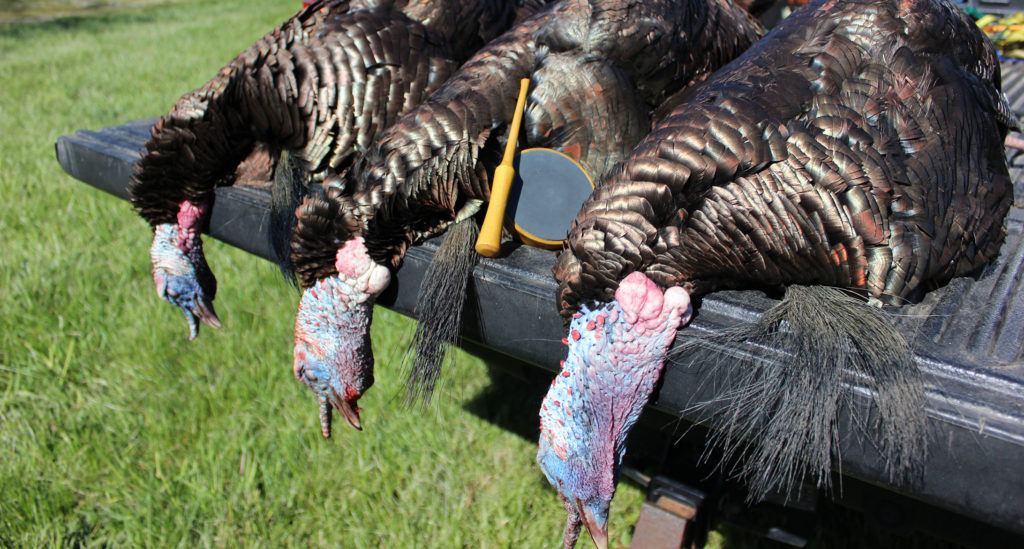
I wasn’t raised among sportsmen, and most of my friends and family see hunters as the antithesis of conservationists. In their minds, it doesn’t make sense that people who kill cute woodland creatures also want to protect them.
When I joined the TRCP team and began considering myself a part of the sportsmen tribe, I fielded this reaction over and over again. And, yeah, it was pretty irritating. I tried to explain how hunters and anglers have a very tangible reason for wanting to sustain critter populations, and how they’re willing to invest their hard-earned money to do so. But despite having the words to explain, I could tell my friends weren’t getting it.
Gradually though, that started to change. When I shot my first turkey and my friends asked me what it was like, I didn’t shy away from explaining the part where I killed an animal, even though I knew it made them uncomfortable. But I also told them about hours spent sitting serenely in silence, the experience of getting out before dawn, and the satisfaction of eating what I’d harvested.
A good friend of mine was genuinely angry when I started working at TRCP, thinking I was somehow betraying conservation ethics. But now, a year later, she’s supportive of my entry into hunting and even asked me to take her clay shooting. She may never kill game herself, but she surprised me in her ability to open her mind to a different perspective.
Hearts and minds can be changed, if only we speak to them with honesty and integrity. And when it seems like there’s bad conservation policy everywhere we turn, that gives me hope for the future of America’s outdoor heritage.

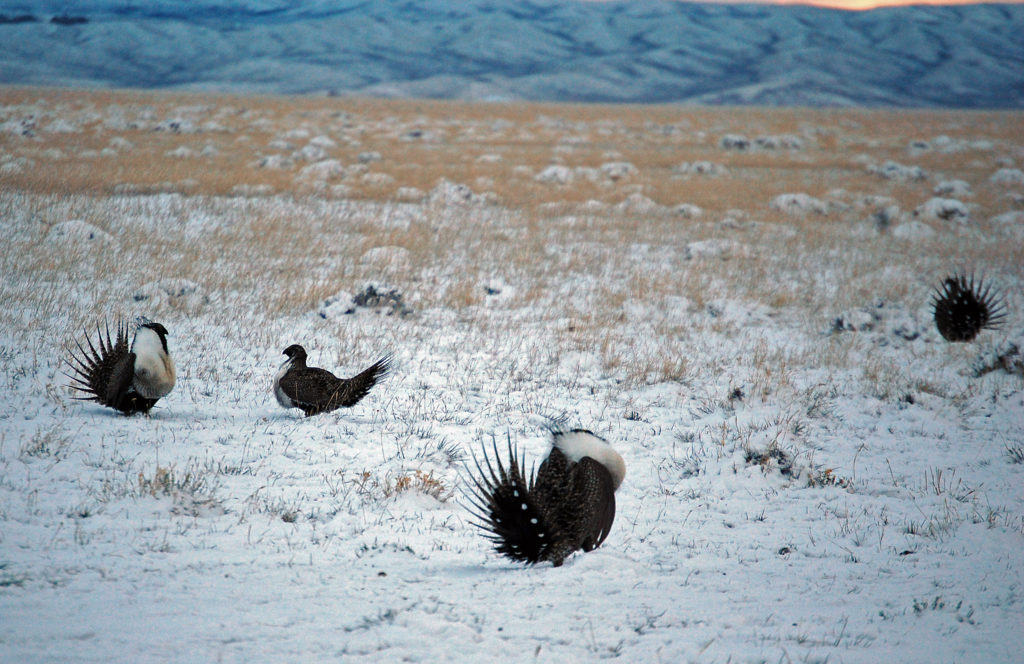
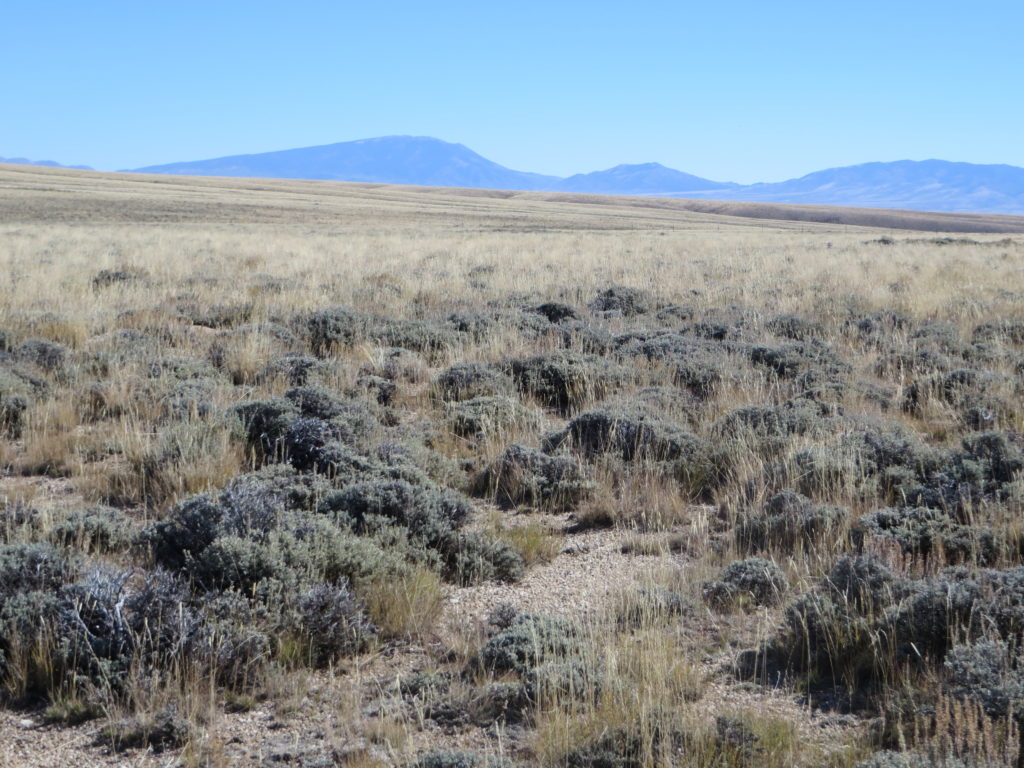

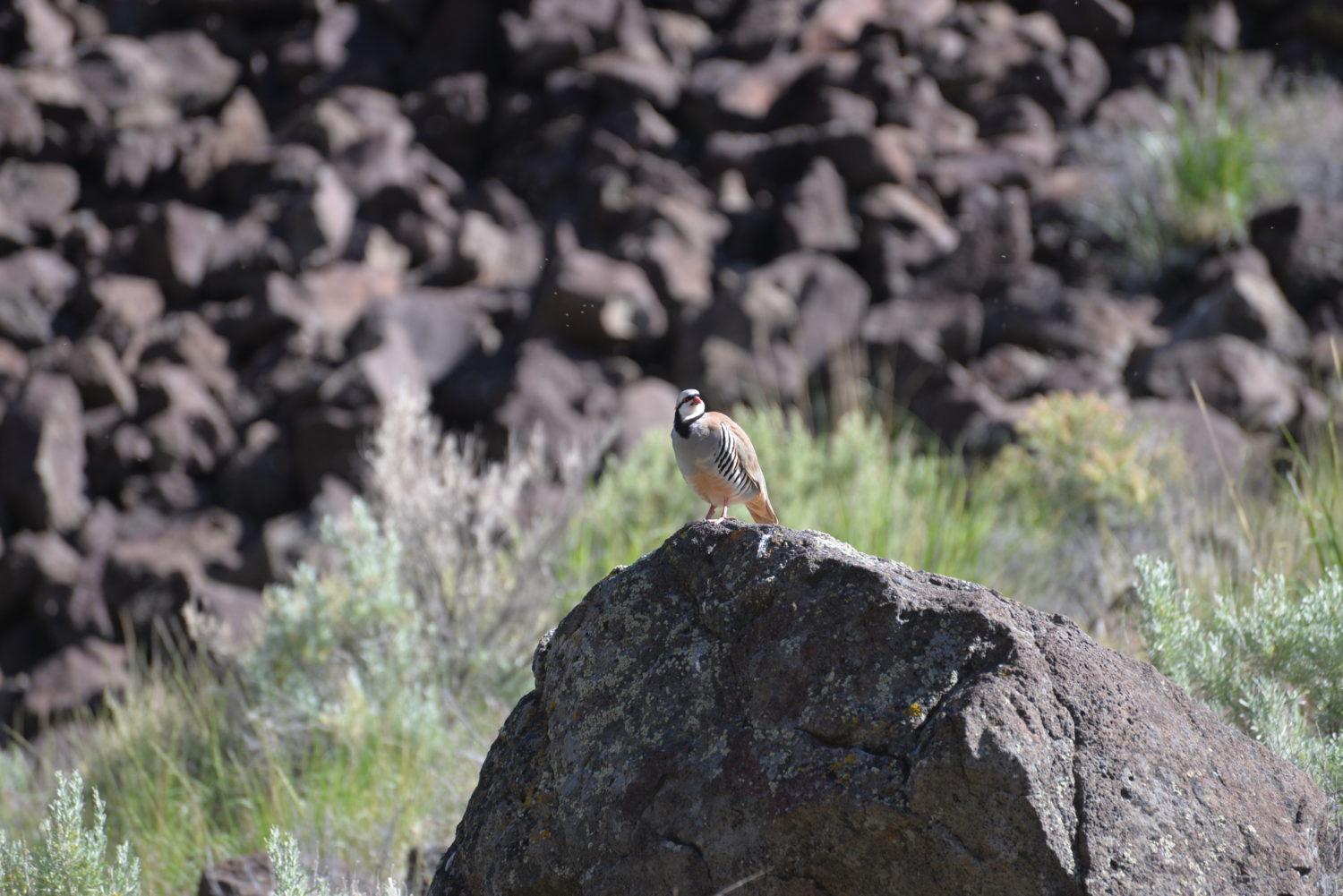
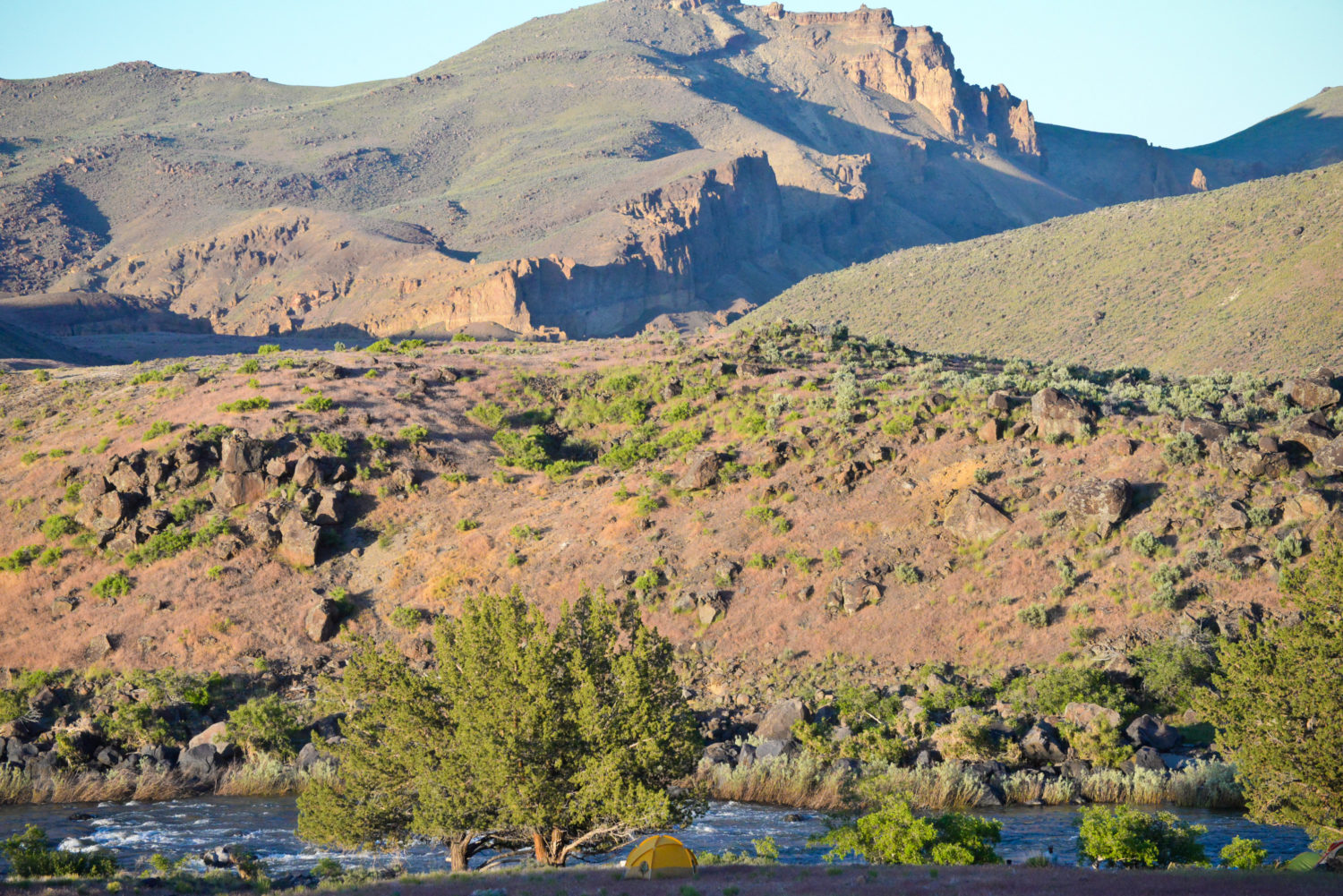




Thank you the time you spent working for wildlife. I have been working ( as a volunteer ) for over 30 years principally, for Upland Game Birds. And I can say that the battle will never before, to protect and make aware others to what is happening to, against and for the future of wildlife. Our population just continues to grow and as such wildlife will be impacted in some way.
You now have experience and tools to help us from the sidelines keep wildlife habitat safe and the public aware of the value they provide to our general quality of life.
My you be blessed with wherever you are going to have time to be outdoors often.
Sincerely,
Tim Connolly
Board Chair
Oaks and Prairies Joint Venture